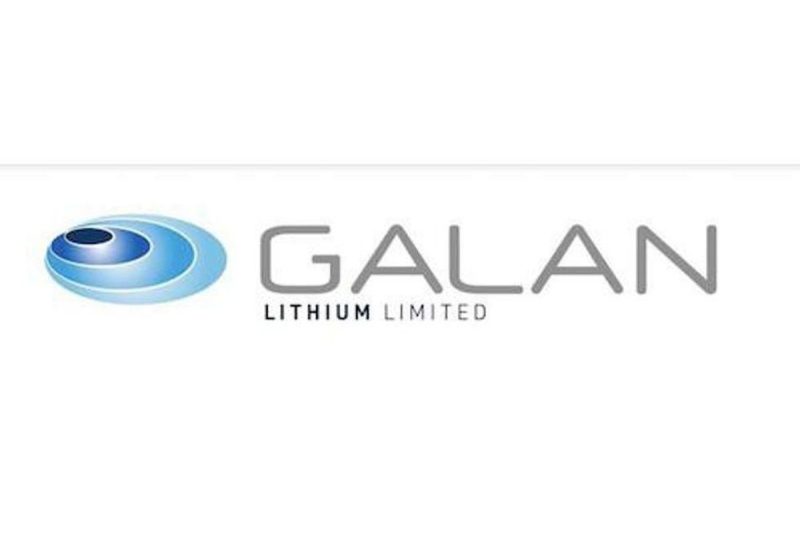Galán’s Hombre Muerto West Project on Track for Lithium Production in 2025
Galán Lithium, the Australian-based lithium production company, has announced that its Hombre Muerto West (HMW) project in Argentina is now on-track to begin lithium production in 2025. The upcoming project, located in the Catamarca province of Argentina, is one of the biggest of its kind in the world and it is expected to significantly boost global lithium production and help meet the growing demand for the mineral crucial to the production of electric vehicle batteries.
Galán’s HMW project has been going through the necessary feasibility studies and will include the construction of a high-grade lithium brine extraction facility, as well as a processing plant located in the Catamarca province. The project also has the potential to produce more than 90,000 tonnes per year of lithium carbonate equivalents. With this, Galán affirms that HMW will become Argentina’s biggest lithium production project to date, and one of the top-tier projects in the world.
Geological studies conducted at HMW have revealed that the area holds massive lithium reserves, likely sufficient to support lithium production at the levels announced by Galán. Moreover, the project provides an excellent opportunity to improve the cost and output of global lithium production, with much of its production expected to reach international markets cost-effectively. According to Galán, the project could be commissioned by 2025 if the necessary financing is secured.
Along with progressing the HMW project in Argentina, Galán is also conducting lithium exploration activities across its 25,000 square kilometres of tenements in Australia. These projects will likely complement HMW’s planned production.
Galán’s HMW project represents a huge opportunity to provide the growing global lithium market with more cost-effective and abundant supply, and it reinforces the Australian-based company’s position as a leading player in the lithium industry. With its highly-ranked project, Galán has shown itself to be on track to meet its production goal by 2025.
“Galan Ventures: Hombre Muerto West Races to a Lithium Future by 2025!






